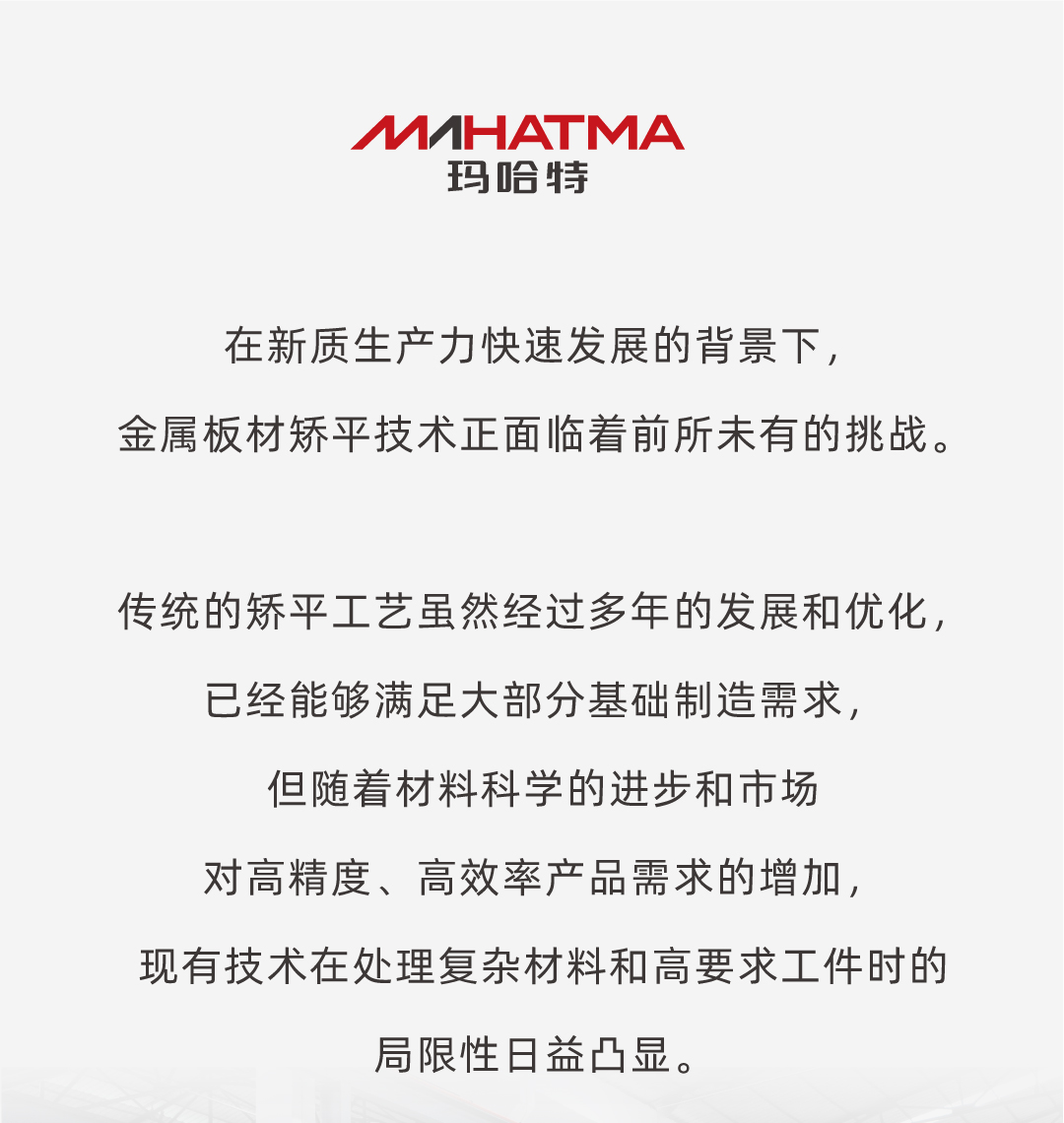Sheet metal leveler
Sheet metal leveling is a process used to flatten or straighten metal sheets, ensuring their uniformity and flatness. It is an essential step in the manufacturing and fabrication of various products made from sheet metal, such as automotive parts, appliances, and construction materials.
Sheet metal leveling machines, also known as levelers or flatteners, are mechanical devices designed to remove or minimize the distortions and irregularities in metal sheets. These machines use a combination of rollers and bending forces to apply pressure on the sheet metal, causing it to deform and eventually become flat.
The leveler consists of a series of rollers, typically arranged in a pyramid formation. The number and size of the rollers can vary depending on the specific application and the thickness of the metal sheets being processed. The sheet metal is fed into the leveler, where it passes through the rollers. As the metal is forced through the rollers, it is bent and stretched, gradually eliminating any existing imperfections.
The leveling process begins with the initial feed-in stage. The sheet metal is inserted into the leveler, usually through a set of pinch rollers that guide it into the machine. The pinch rollers ensure a consistent and controlled entry of the metal into the leveler.
Once inside the leveler, the sheet metal is subjected to a series of bending and stretching actions. The rollers exert pressure on the metal, causing it to bend in different directions. This bending action helps to redistribute the stresses within the sheet, reducing any warping or curling that may have occurred during the manufacturing process.
The number of roller passes required to level the sheet metal depends on the initial condition of the material and the desired level of flatness. Thicker and more distorted sheets may require multiple passes through the leveler to achieve the desired result. Each pass gradually reduces the irregularities in the metal and brings it closer to a flat state.
In addition to leveling, some levelers also have the capability to impart a specific shape or contour to the metal sheets. These machines, known as shape levelers, use adjustable rollers to create curves or bends in the sheet metal, allowing for the production of complex shapes and designs.
Sheet metal levelers can process a wide range of materials, including steel, aluminum, copper, and stainless steel. They are commonly used in industries such as automotive, aerospace, construction, and appliance manufacturing. The levelers are available in different sizes and configurations to accommodate various sheet sizes and thicknesses.
The use of sheet metal levelers offers several advantages in the manufacturing process. By ensuring the flatness and uniformity of metal sheets, levelers help to improve the quality and accuracy of the final products. They also reduce the need for additional machining or manual labor to correct any irregularities, saving time and costs.
In conclusion, sheet metal leveling is a crucial step in the manufacturing and fabrication of various products. Levelers use a combination of rollers and bending forces to flatten and straighten metal sheets, ensuring their uniformity and flatness. The process helps to improve the quality and accuracy of the final products while reducing the need for additional machining or manual labor. Sheet metal levelers are widely used in industries such as automotive, aerospace, construction, and appliance manufacturing.




 扫一扫添加微信
扫一扫添加微信